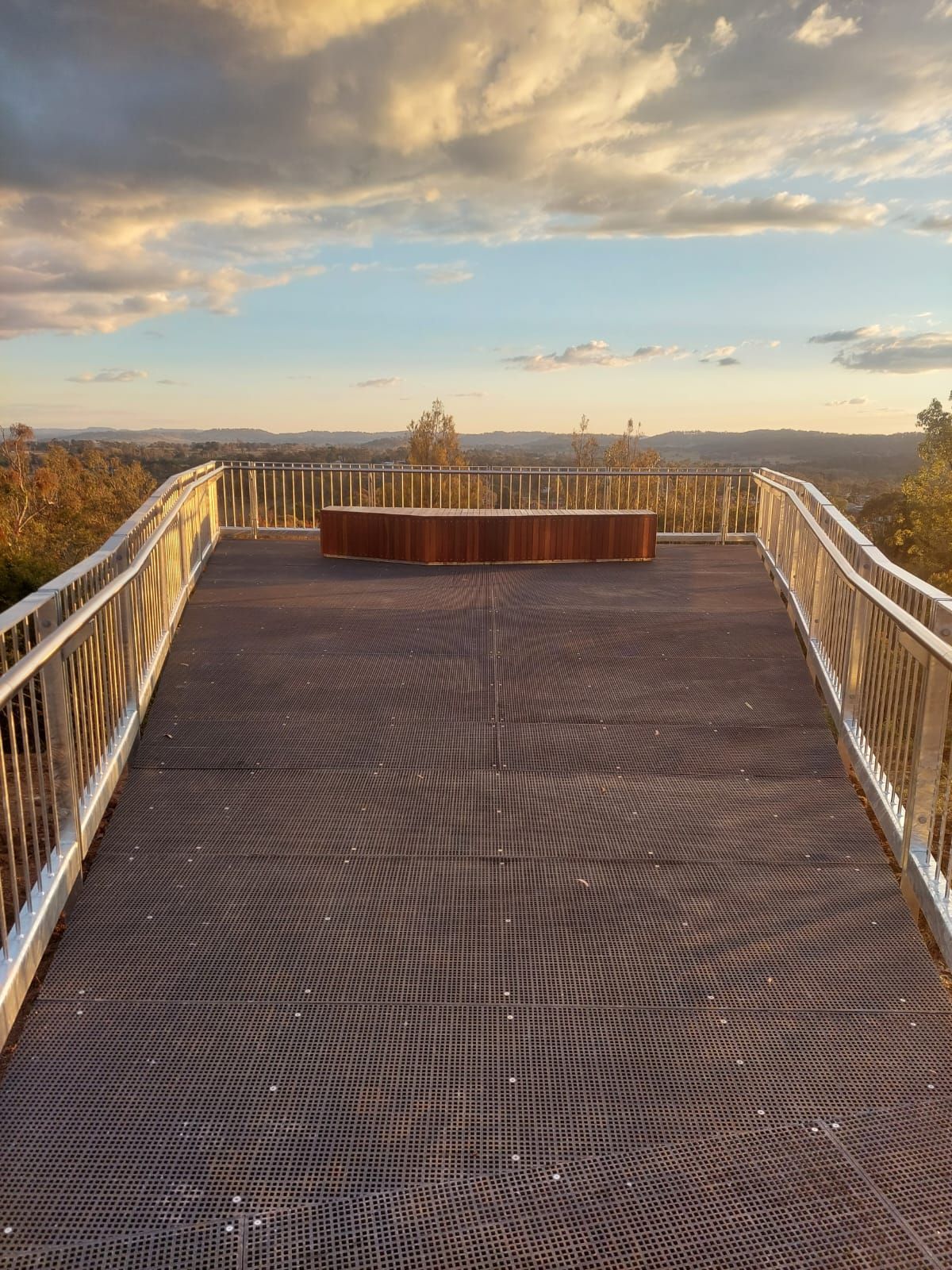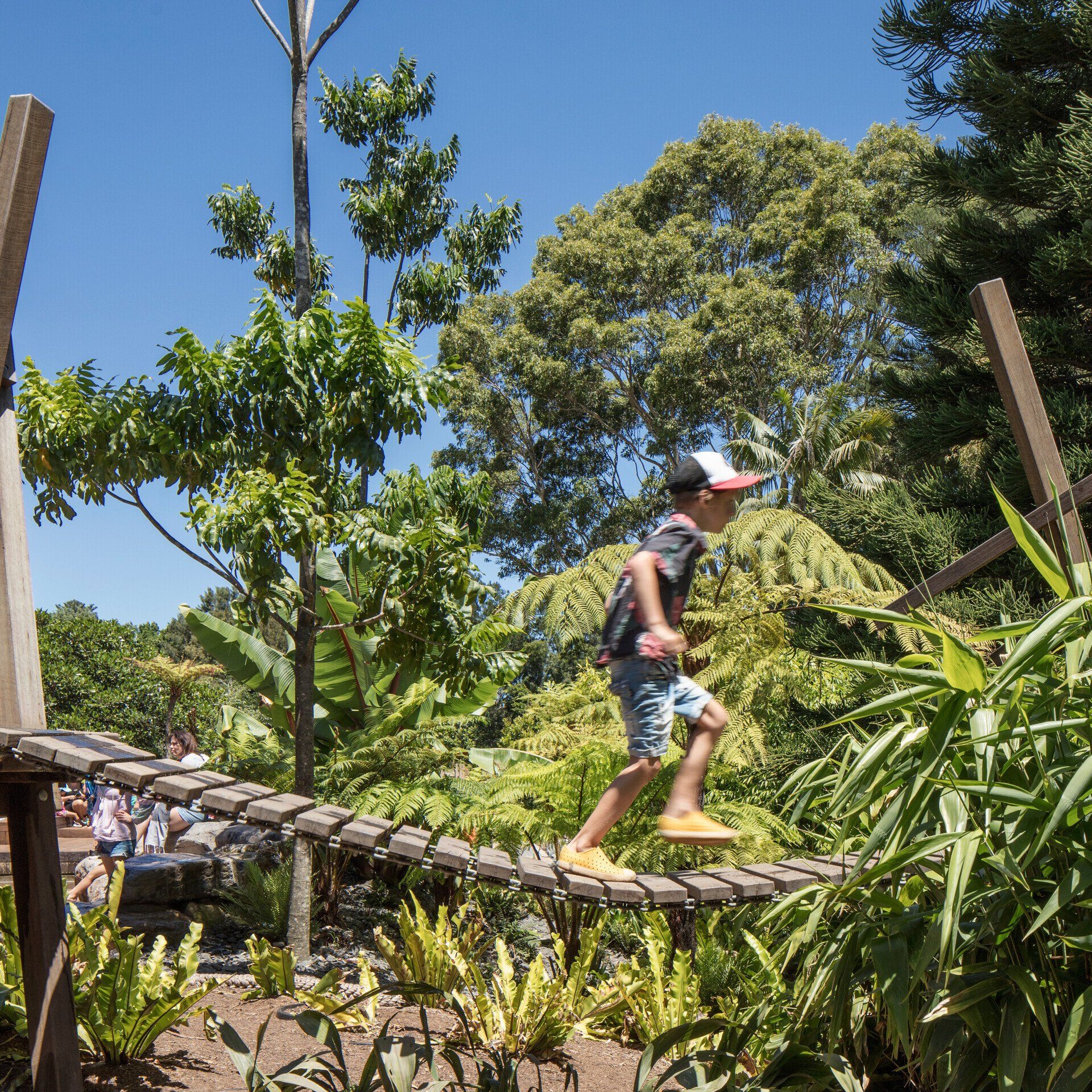Creating Sensational Playspaces
‘Fleetwood Design Technician, Mark Jol, shares his secrets on how to play it right‘
In many ways, modern playspaces are a lot like ducks. What you see on the surface – with kids laughing and jumping and swinging and sliding and crawling and climbing and running in all directions – is only part of a much bigger story. With all the planning, design, creative, materiality, budget and safety considerations that need to be taken into account, there’s always a L-O-T going on just beneath the surface.
While no two playspaces are ever quite the same, there are certainly some things we’ve learned over the years that can make a big difference to the likelihood of a great end outcome. To explore what these are, we recently sat down for a chat with one of the most experienced members of our design team, Mark Jol, who has personally helped to deliver hundreds of play spaces and structures over the past 30+ years…
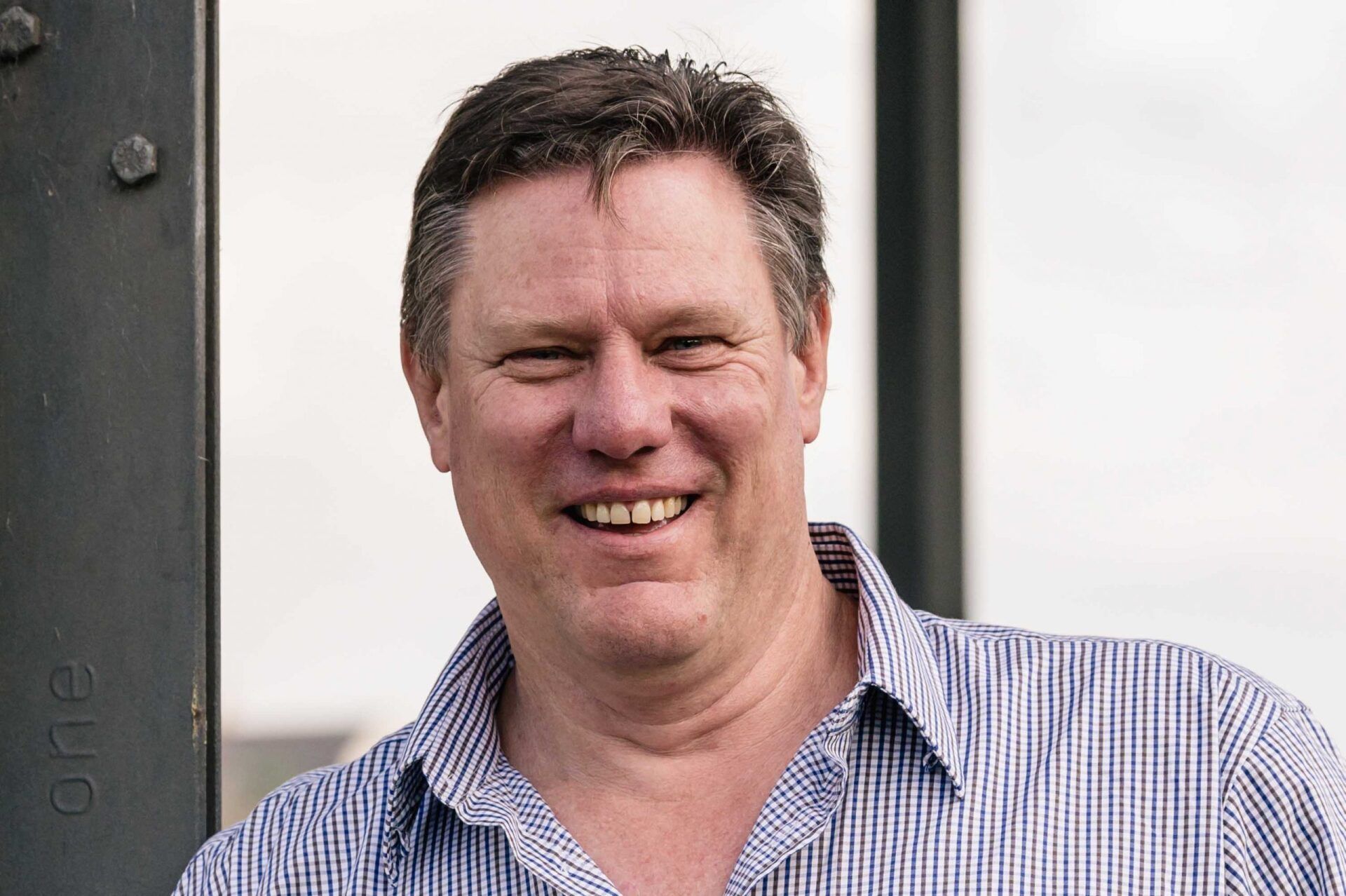
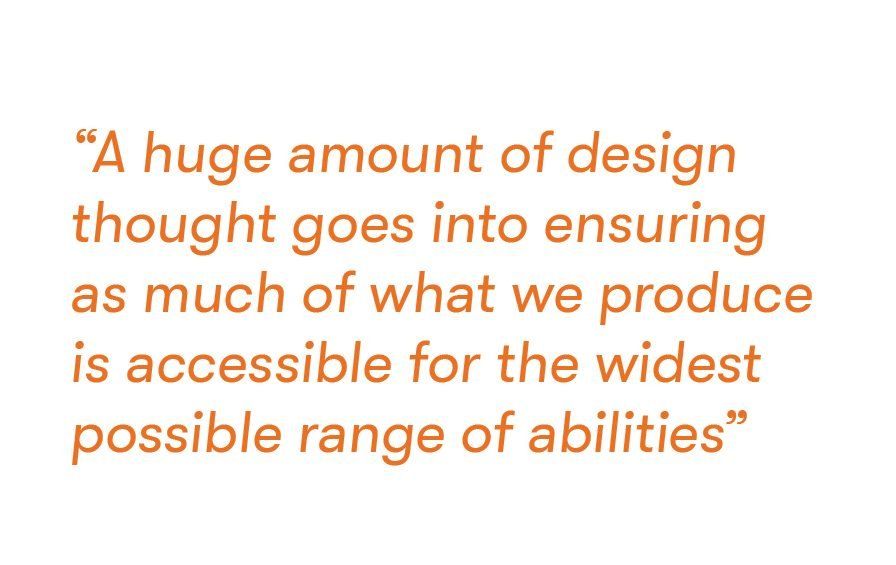
FWD: Mark, you have decades of experience across a huge breadth of Play projects. You’ve no doubt seen a lot of things come and go, but what are some of the biggest ‘play’ trends you’re currently seeing?
MARK JOL: Being inclusive is definitely at the top of the list. A huge amount of design thought goes into ensuring as much of what we produce is accessible as possible for the widest possible range of abilities. It’s always a fine balance, though. As designers we have to consider the challenges that are required to keep the more able kids fully engaged and developing, whilst also ensuring the less abled kids have a safe and reasonable base to start their play journey.
FWD: When you get a new Play brief, how does the design process begin?
MJ: You can’t turn the client’s intent into a reality if you don’t understand it. So, the base of every good design comes from research into all aspects of the job, the local environment and the families who will use it. These are all critical to ensure the new playground is fit for purpose and completely in line with the community’s expectations. Then, once the basis of the creative idea or ideas becomes clear, sketching them out in scale brings them to life so that proper scrutiny can be undertaken of all the different facets.
FWD: What are the biggest factors that influence your design decisions?
MJ: (laughs) How long do we have? There are a lot of things to keep in mind and they tend to be different for each project. But if you were to pin me down, I guess there are some common ones:
- Architect’s intent or proposed theming – Often a playground design brief will already have some ideas or themes that have been brainstormed. These need to be carefully reviewed, developed and refined.
- Budget – It may seem obvious, but budget really does affect everything on a project, from the biggest decisions to the smallest. The amount of change in your pocket will often determine whether you can have a small or large coffee or even a muffin to go!
- Site constraints – Things like slope, access points, the local flora and fauna and ground types will all influence the resulting design. There’s no point designing something that can’t be delivered.
- Materials – Every client has their own expectations about what materials are acceptable to them from a cost, maintenance and sustainability point of view. This needs to be factored in.
- Heritage and culture – It’s so important for the community that a playground serves to have a sense of belonging in the space. To do that you need to understand the local heritage and create designs that are relevant to it.
- Targeted age and ability – Know your customers! This will dictate the type of play journey and level of difficulty required for the safe extension of the differing capabilities of the targeted ages or ability ranges.

FWD: You touched briefly upon budget, Mark. How important is the budget in creating a truly memorable play space?
MJ: It’s very important. But it goes far beyond just spending money. I believe one of the biggest responsibilities for any Play designer is to ensure the community are getting value for money. This means making sure the available funding – however large or small – is spent in the most efficient, sustainable and, of course, exciting ways possible for the kids and families.
FWD: How would you define a ‘great play space’ in 2021?
MJ: It must be genuinely inclusive, whilst giving even the most abled kids a reason to come back time and again, hopefully to find new challenges and to develop new skills and confidence. Importantly, the space shouldn’t dictate how the play is to occur, but instead, offer up many different opportunities for play which, in turn, allows the kids to freely develop their own games and social interactions at will.
FWD: Just finally Mark, if you could give a client one bit of advice about their upcoming Play project, what would it be?
MJ: Get in early! In my experience, there’s little question the earlier you involve your designers, the better the end result will be. Early design collaboration means the intent of your Play project can really be solidified, right up front. This gives it the very best chance of making it all the way from ‘idea’ to reality.
To discuss your upcoming Play project with Mark and the Fleetwood design team, please contact us today.
More from Fleetwood Files.
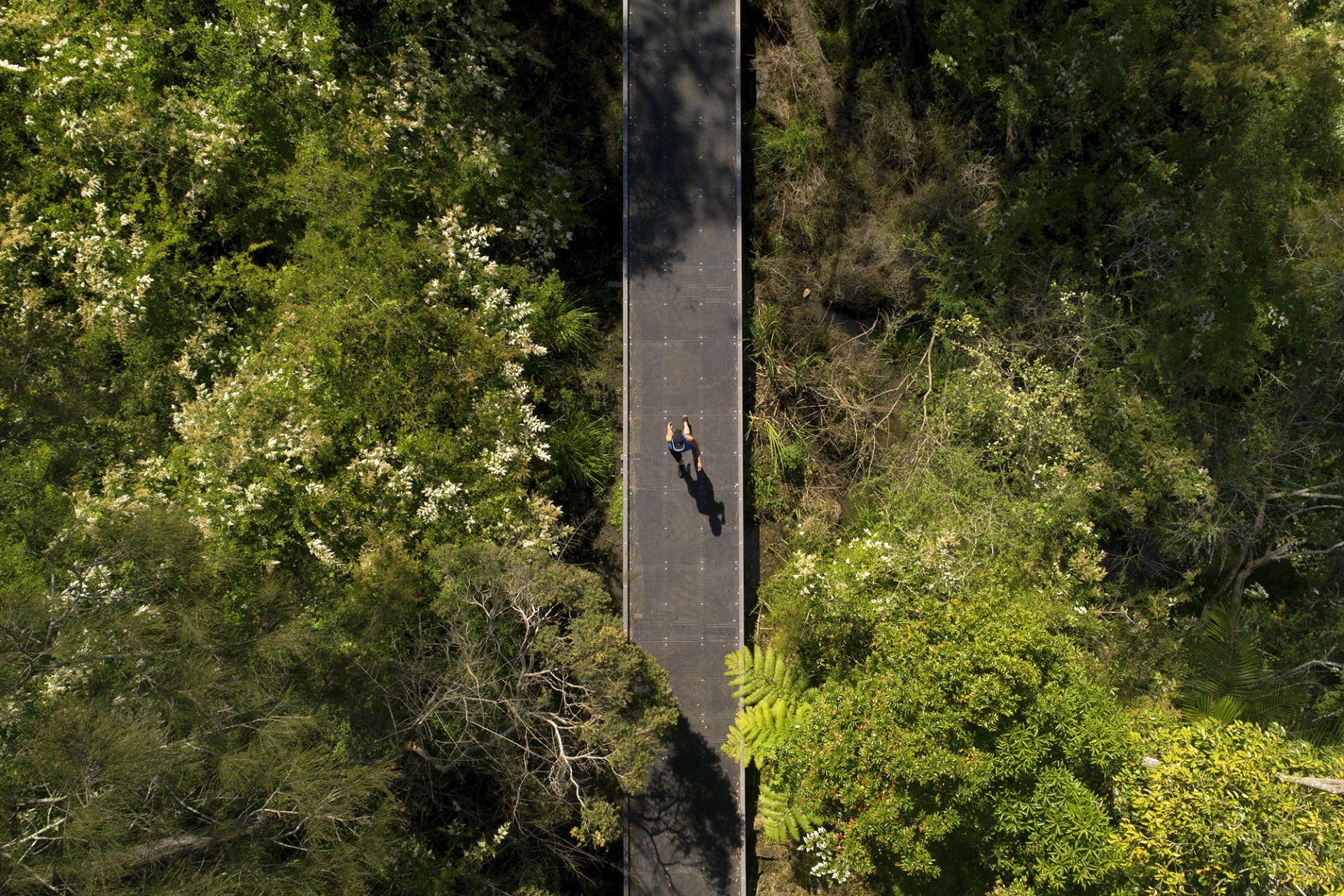
Explore
Certifications
Environmental Management : ISO14001
Quality Management : ISO 9001
OHS Management : ISO 45001
All Rights Reserved | Fleetwood Urban | Privacy Policy


